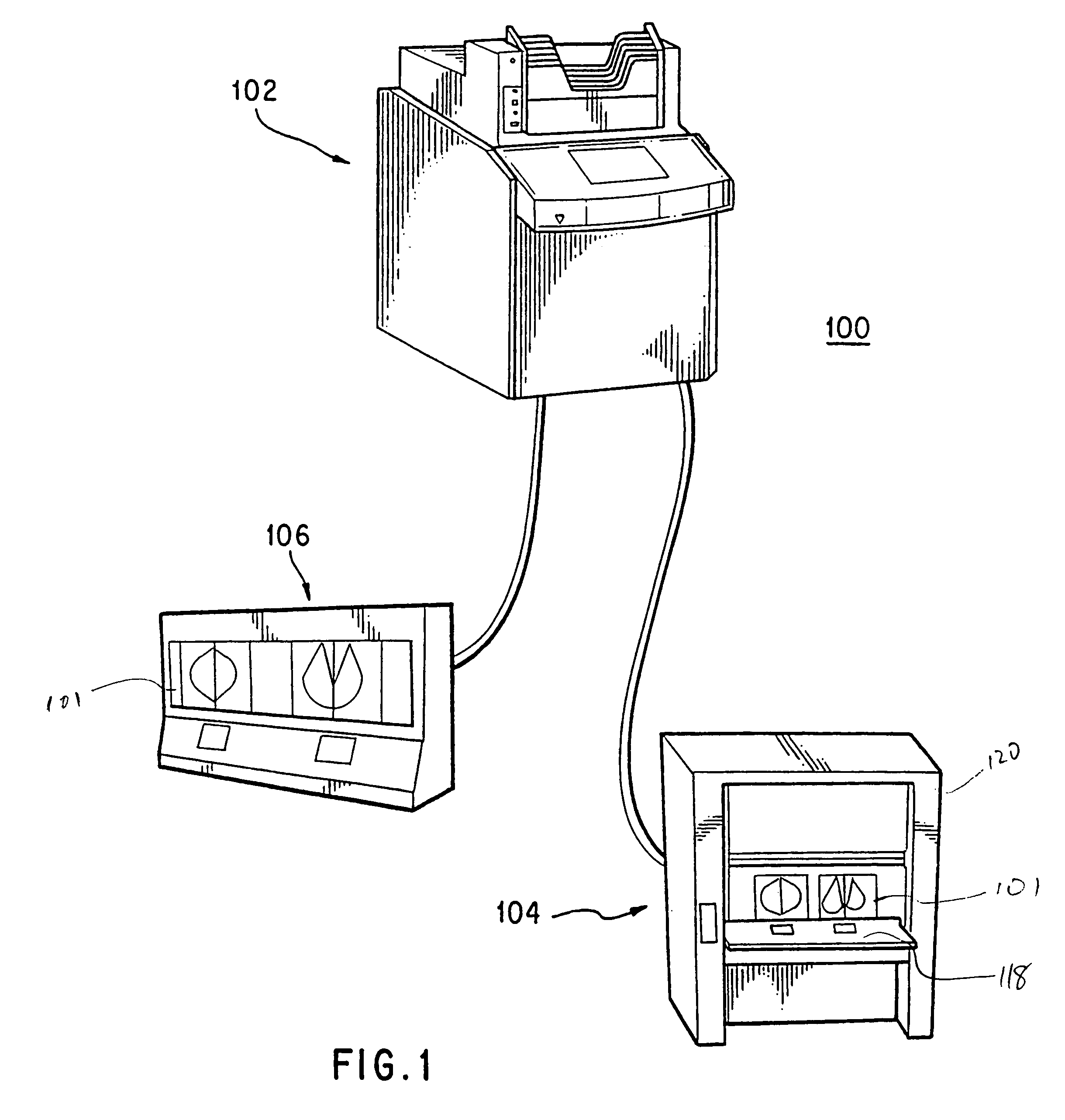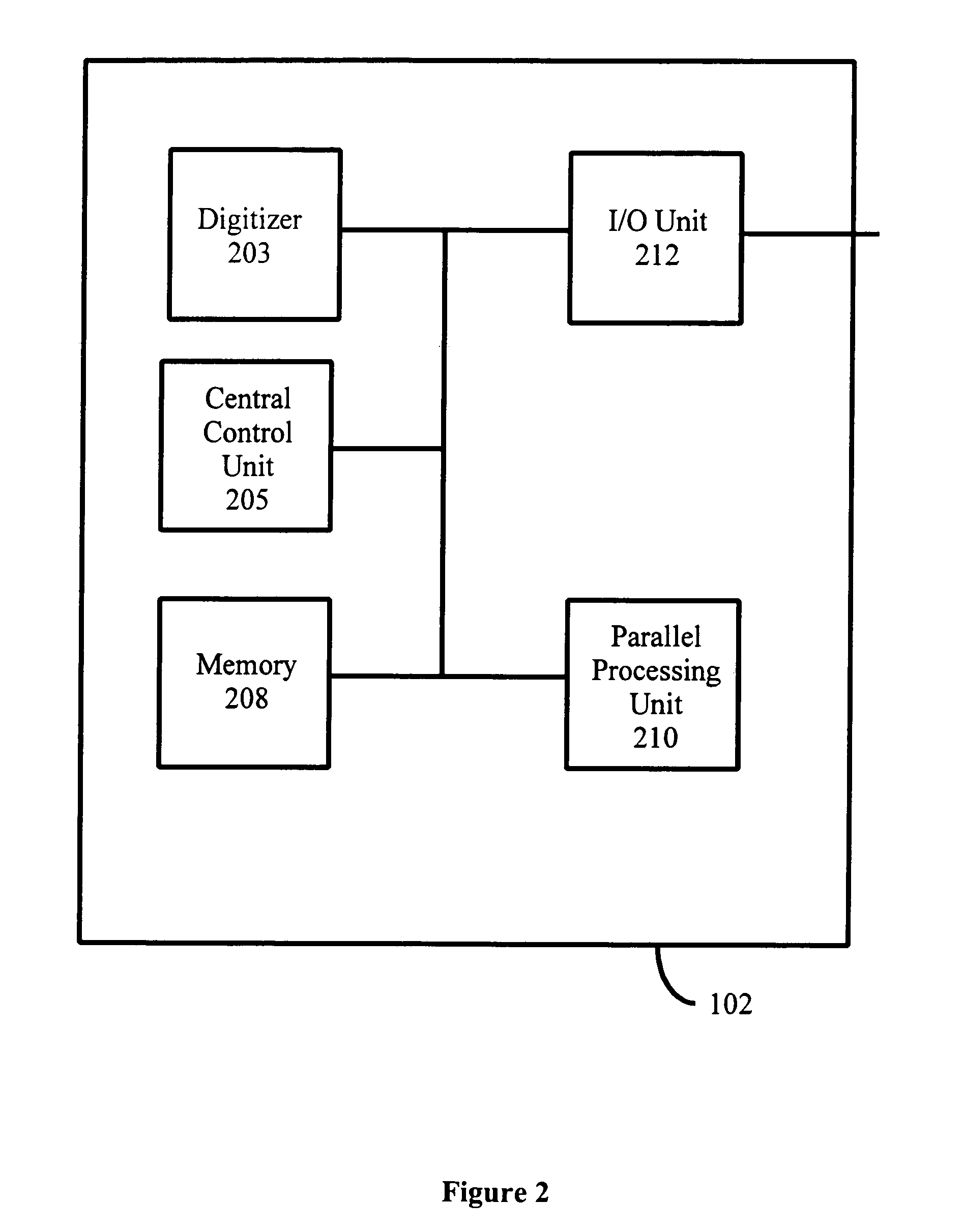Method and system for automatic identification and orientation of medical images
a technology of automatic identification and orientation of medical images, applied in the field of computer assisted detection (cad), can solve the problems of insufficient system for loading and feeding film-based medical images to the scanner, requiring too much time and effort from the user, and unable to detect the patient, so as to achieve time saving and reduce errors
- Summary
- Abstract
- Description
- Claims
- Application Information
AI Technical Summary
Benefits of technology
Problems solved by technology
Method used
Image
Examples
Embodiment Construction
[0027]It has been found that the currently available CAD systems are lacking in their ability to facilitate the loading and feeding of films for processing. Furthermore, it has been found that such systems further lack in their ability to display digitized images to a doctor or radiologist. In particular, it has been found that providing a film feeding mechanism that holds multiple films and automatically feeds the films to the scanner greatly reduces the time and labor required to load and input films into the system. It has been found that a stack film feeder that holds a relatively large number of films makes the inputting of films much more efficient. Furthermore, it has been found that a system that allows for displaying digitized films in various orders and / or orientations provides for a more user-friendly interface.
[0028]FIG. 1 shows an outside view of a computer aided detection (CAD) system 100, such as the Image Checker M1000 from R2 Technology, Inc., for assisting in the i...
PUM
 Login to View More
Login to View More Abstract
Description
Claims
Application Information
 Login to View More
Login to View More - R&D
- Intellectual Property
- Life Sciences
- Materials
- Tech Scout
- Unparalleled Data Quality
- Higher Quality Content
- 60% Fewer Hallucinations
Browse by: Latest US Patents, China's latest patents, Technical Efficacy Thesaurus, Application Domain, Technology Topic, Popular Technical Reports.
© 2025 PatSnap. All rights reserved.Legal|Privacy policy|Modern Slavery Act Transparency Statement|Sitemap|About US| Contact US: help@patsnap.com



